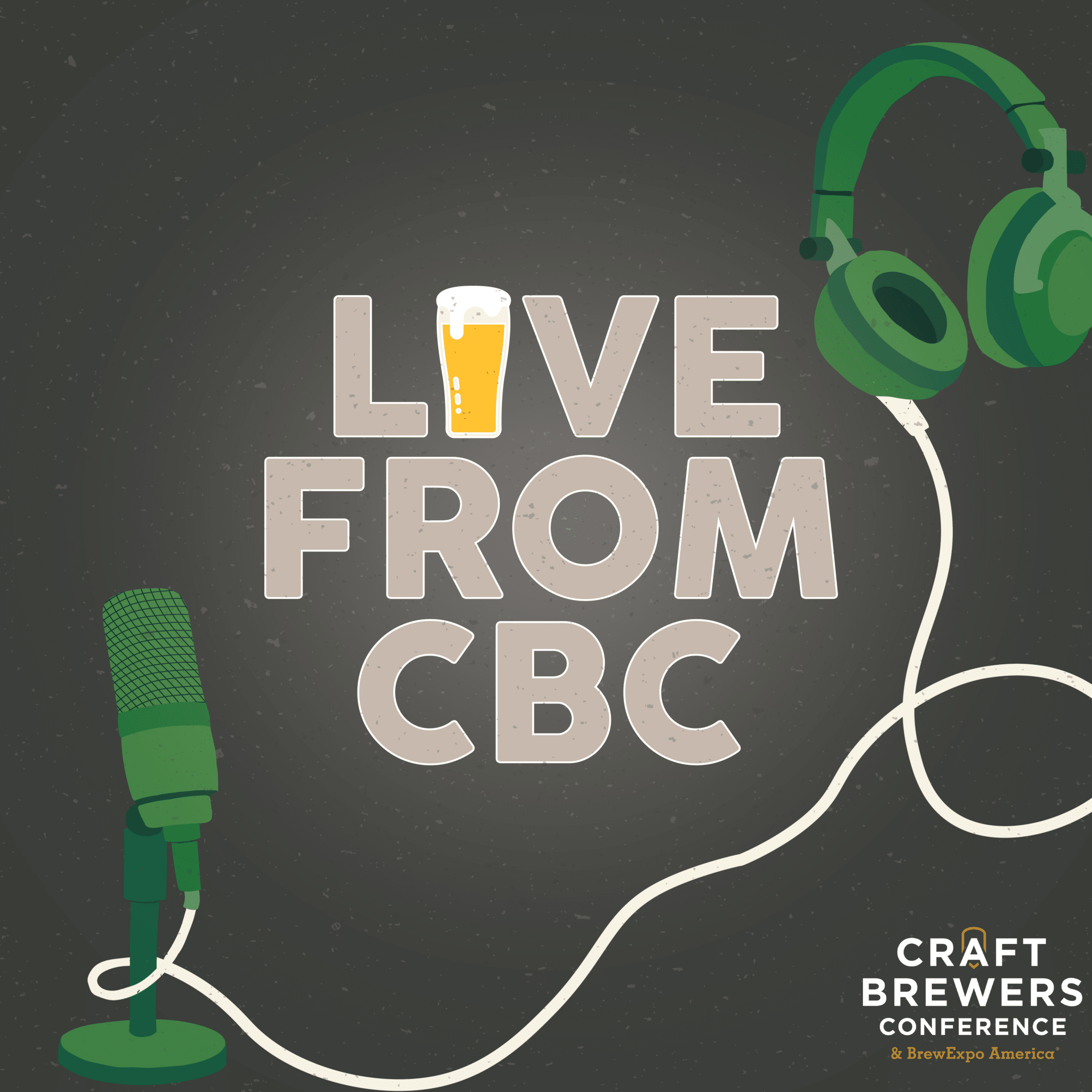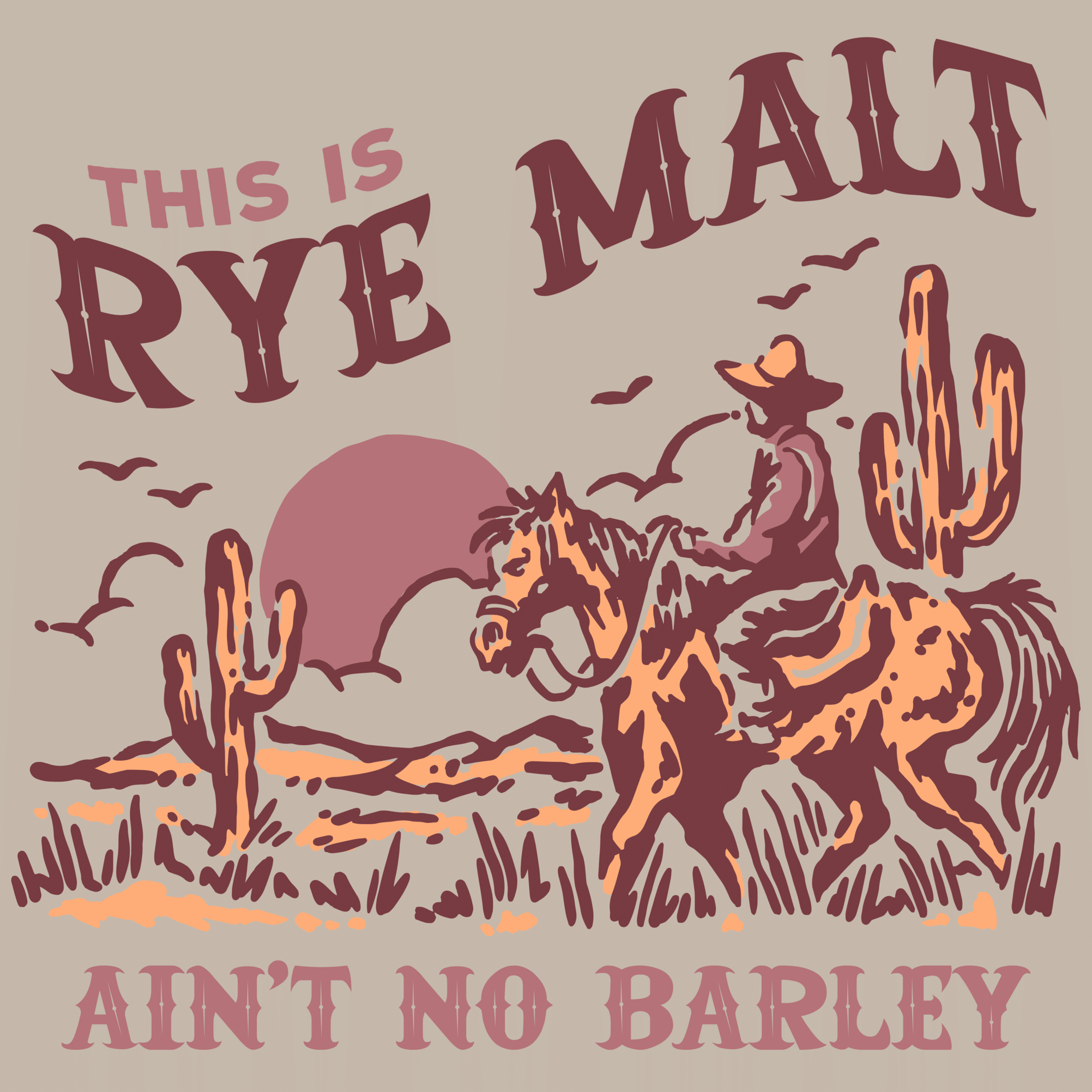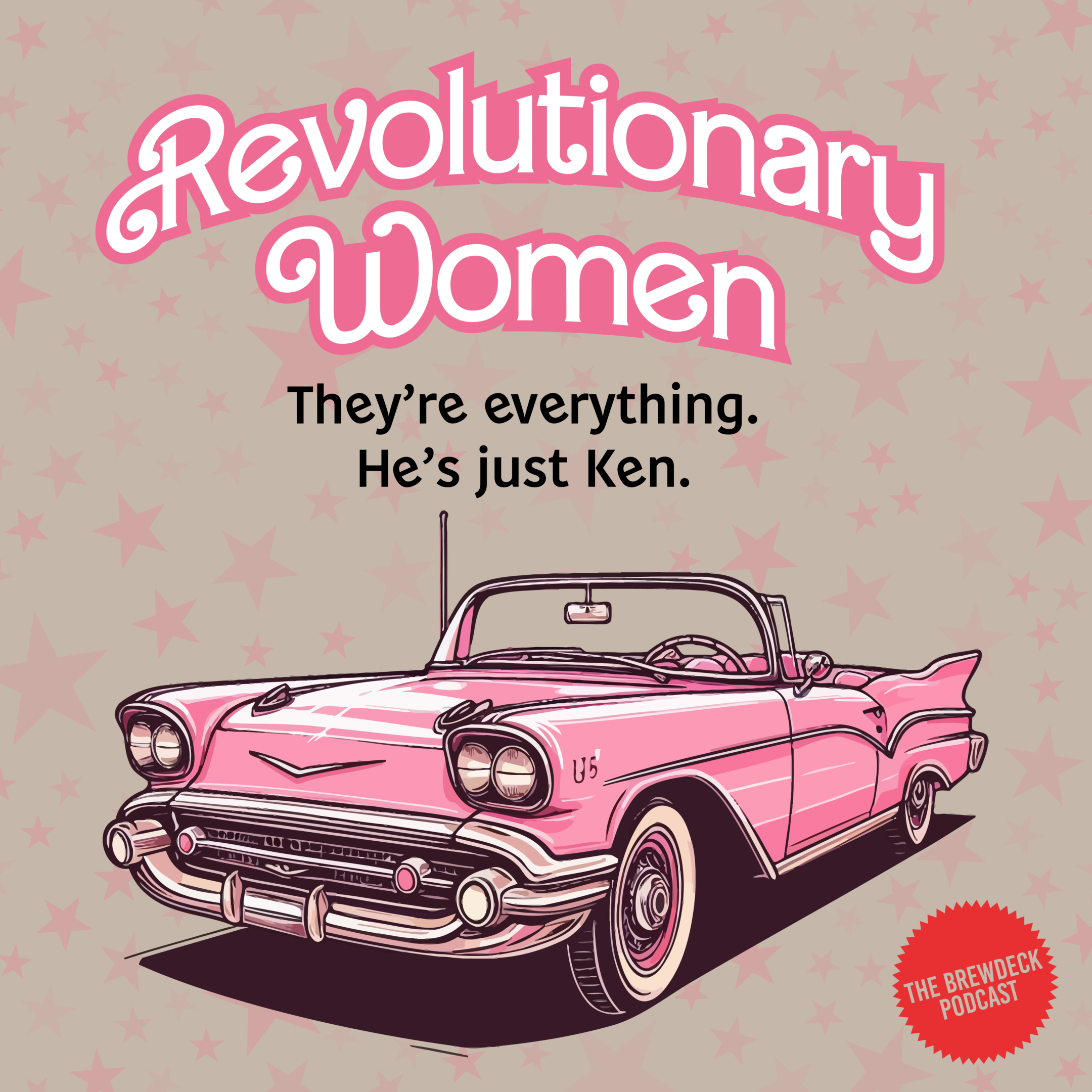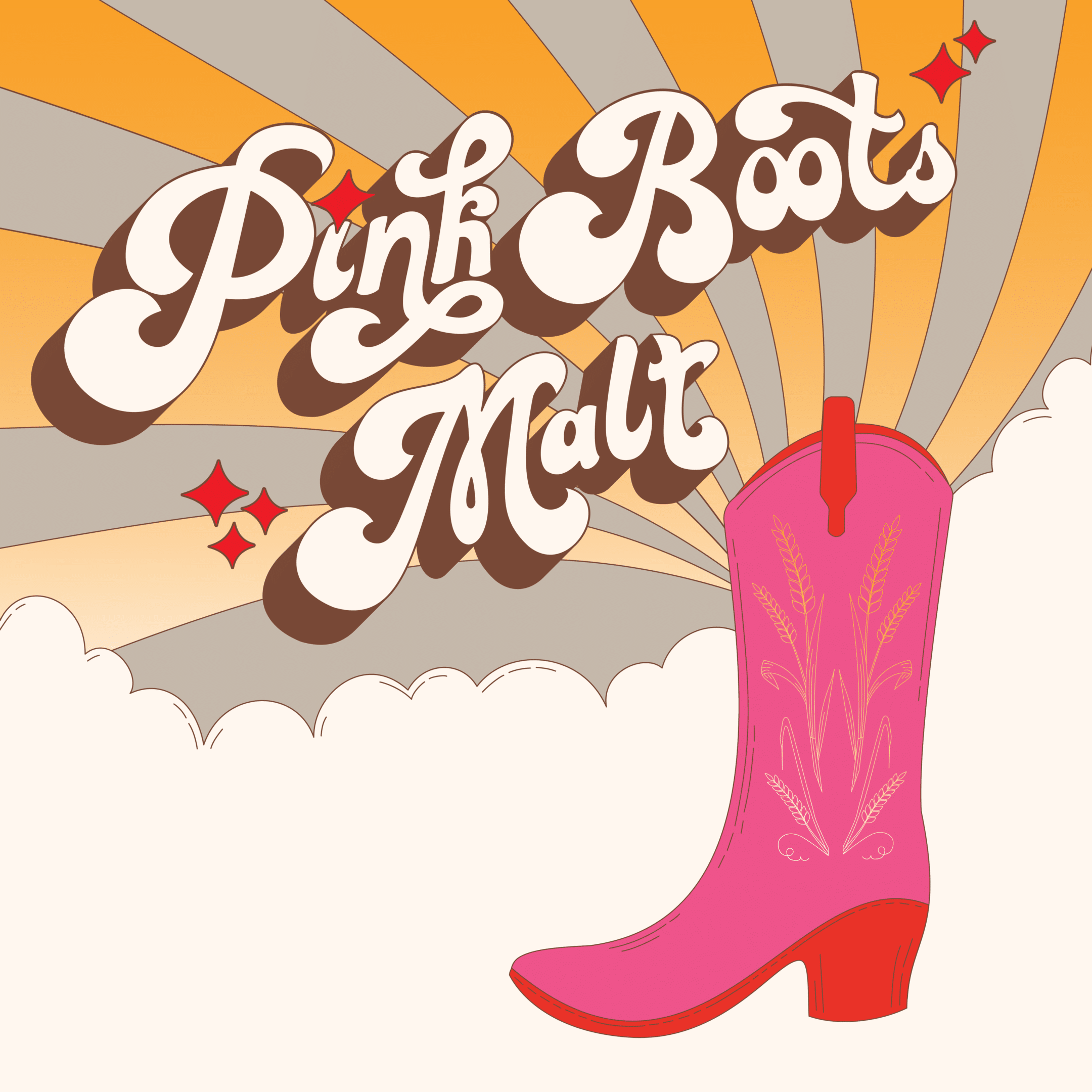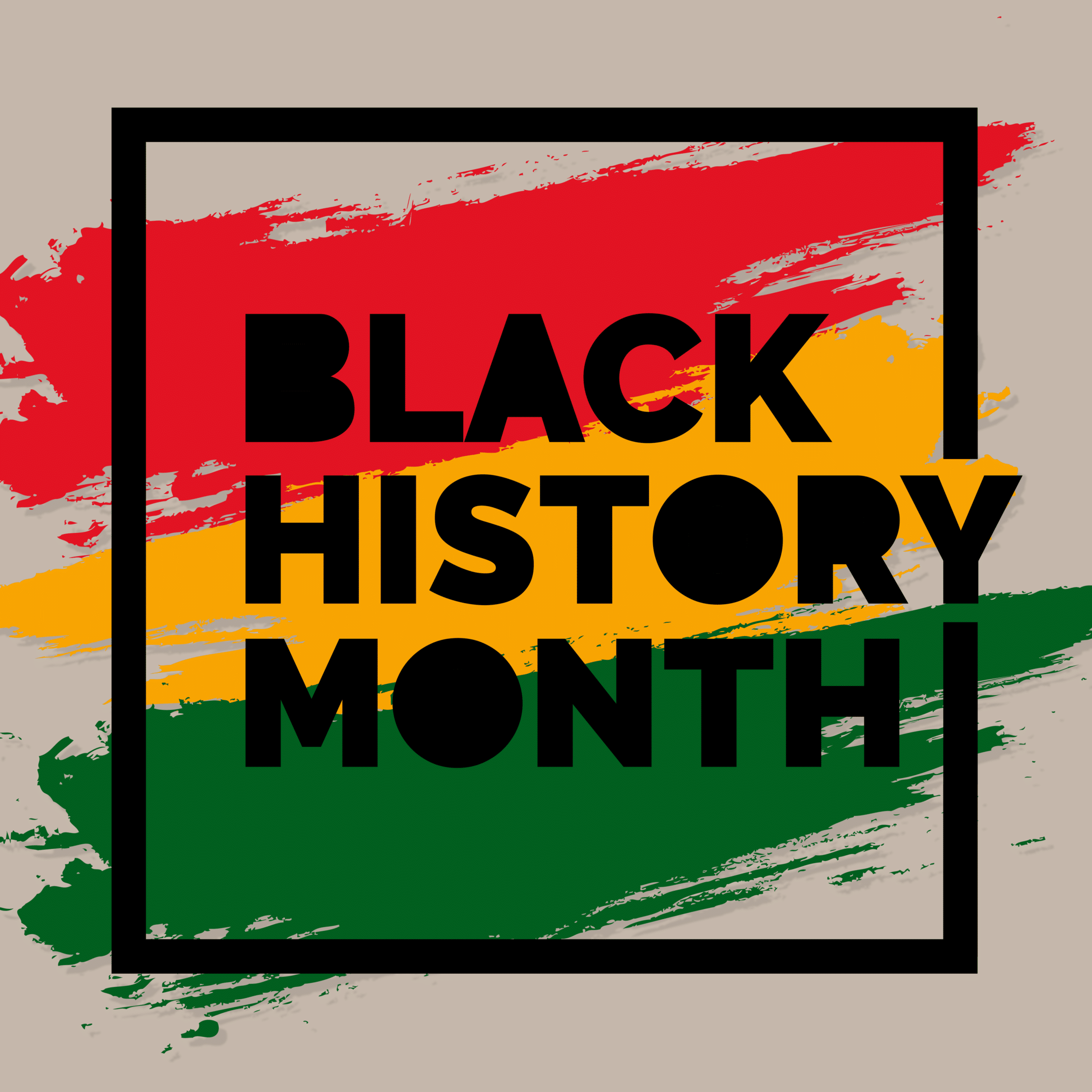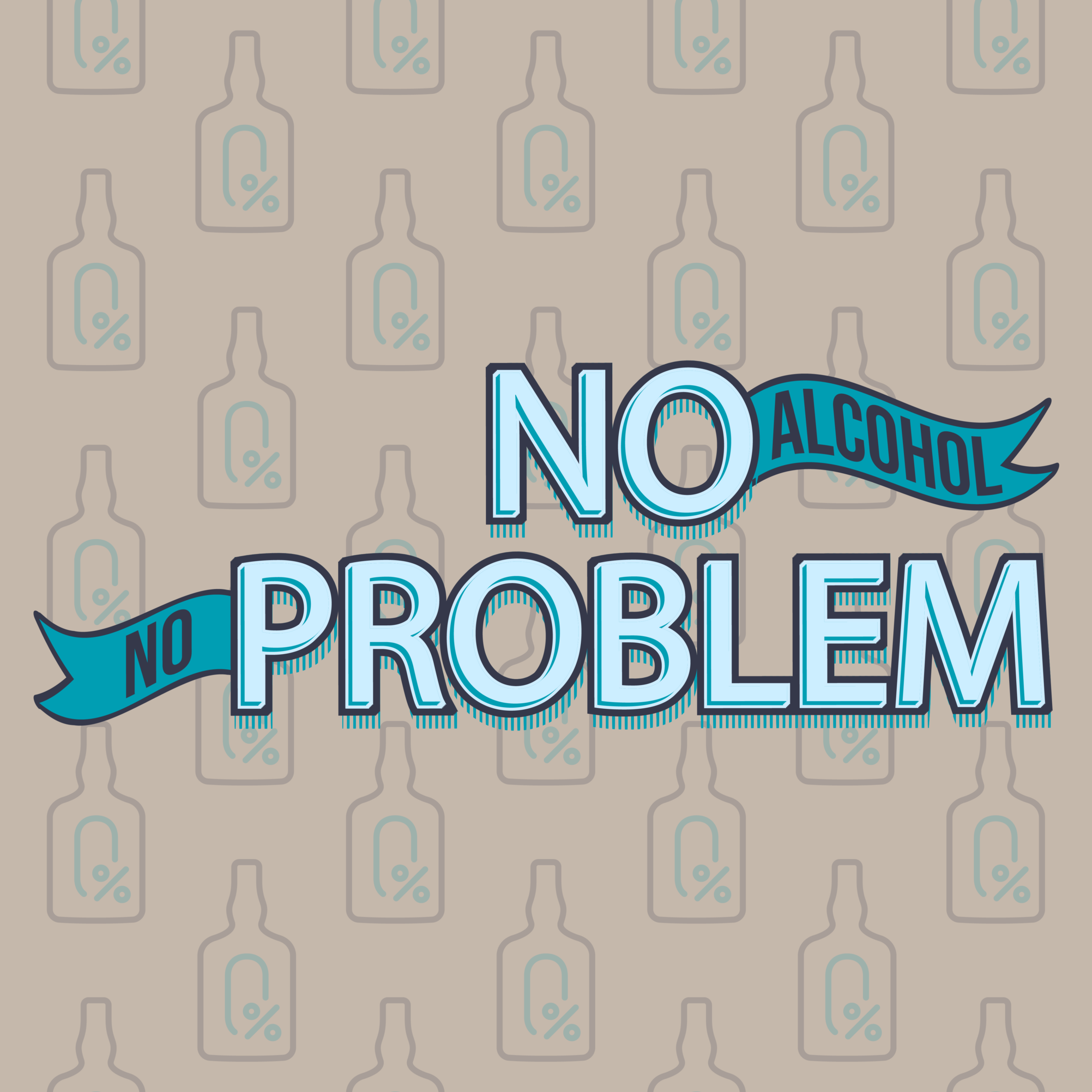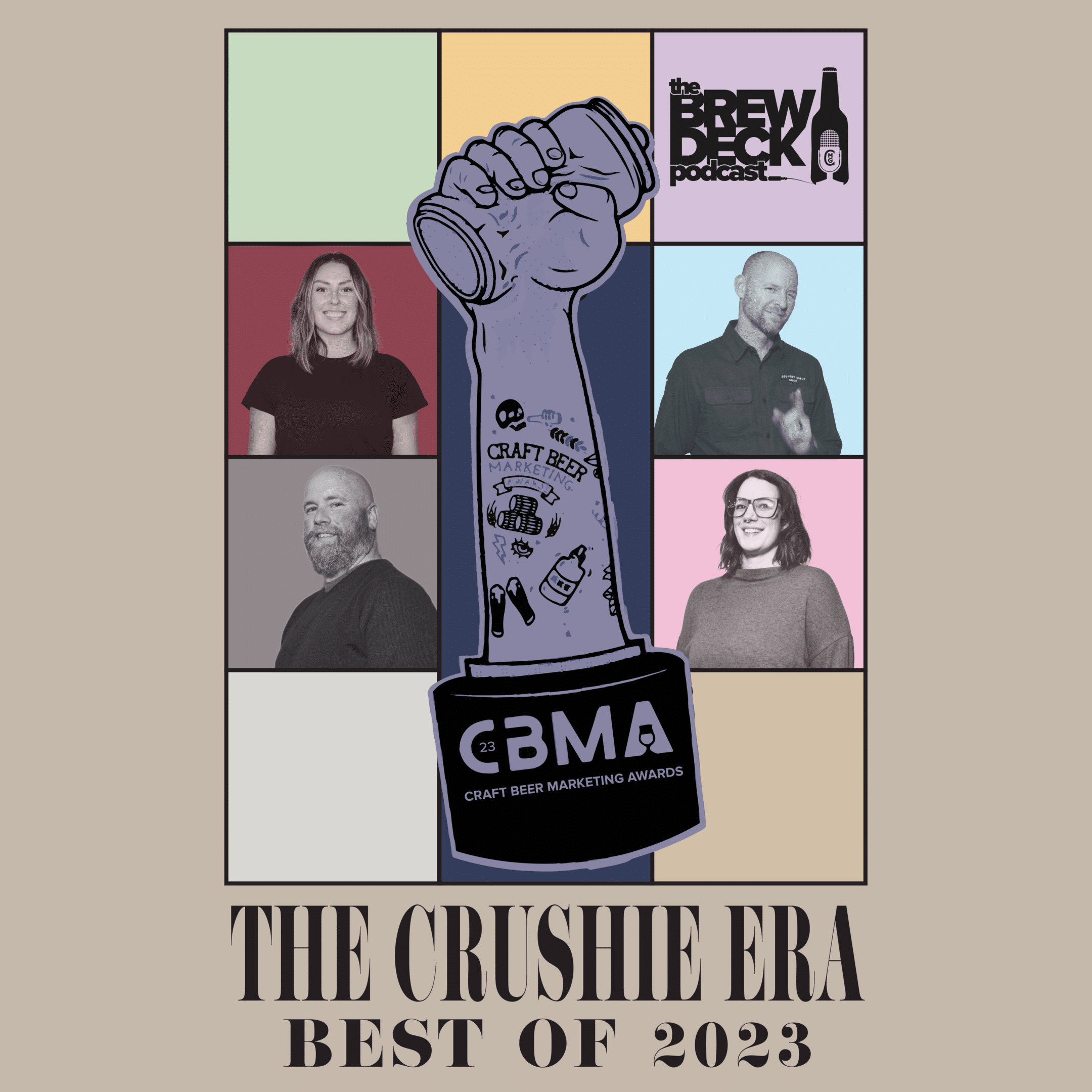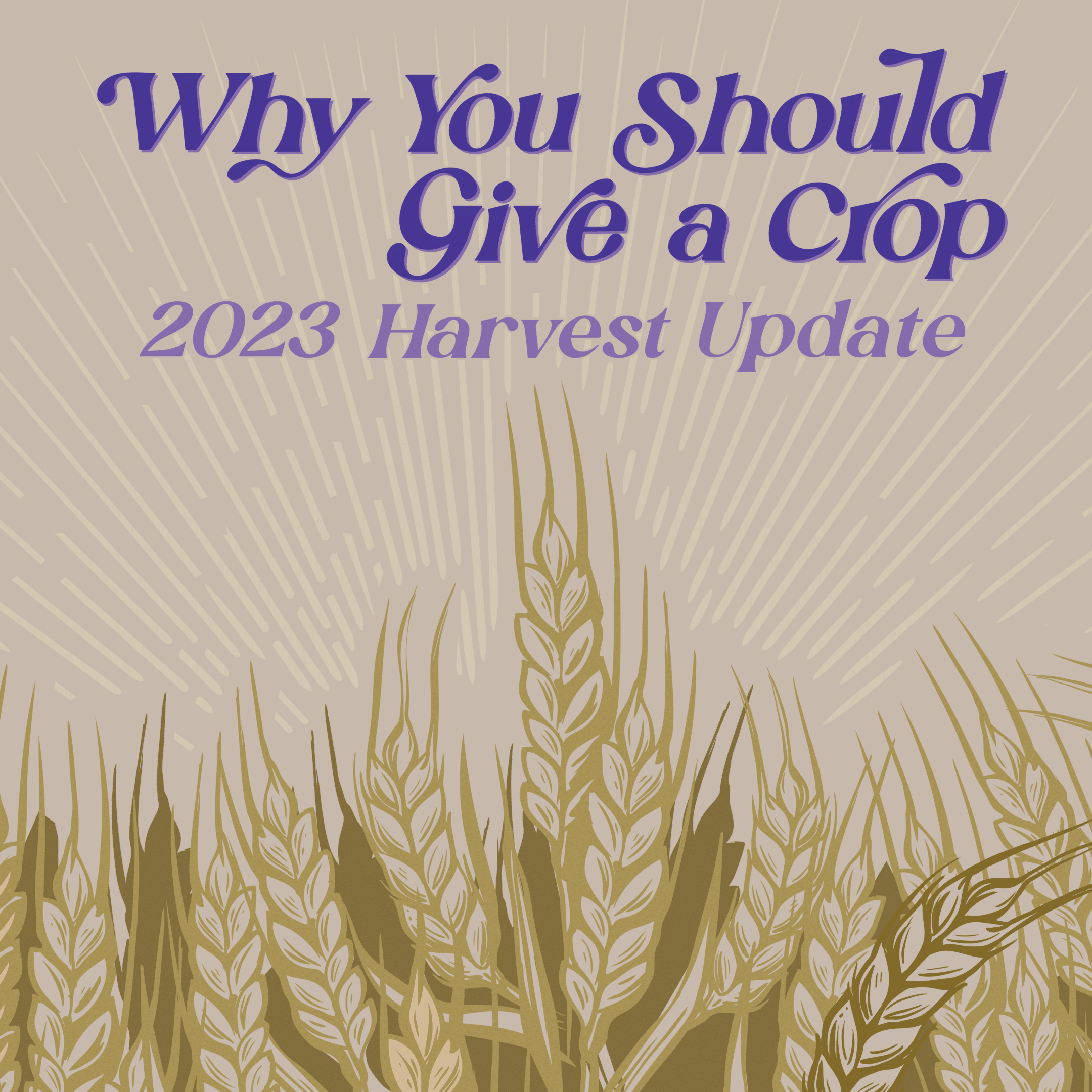
PODCAST GUESTS
Chris Geib

Chris Lovett
Zac Brown
MORE EPISODES
SEASON 4, EPISODE 24: BREWING FUNDS THE CURE
PODCAST HOSTS:
ADAM WILSON – TERRITORY MANAGER, COUNTRY MALT GROUP
HEATHER JERRED – TERRITORY MANAGER, COUNTRY MALT GROUP
GUESTS:
CHRIS GEIB – CHIEF DEVELOPMENT OFFICER, NATIONAL PEDIATRIC CANCER FOUNDATION
CHRIS LOVETT – TERRITORY MANAGER, COUNTRY MALT GROUP
ZAC BROWN – DIRECTOR OF BREWING OPERATIONS, FAUBOURG BREWING CO.
Key Points From This Episode:
- What Rising Hope is and how it supports the National Pediatric Cancer Foundation
- What’s new with Rising Hope since we last spoke with Chris Geib (S2 E18)
- This year’s two new Rising Hope recipes
- The new vendor partner participating: AB Biotek
- How Zac heard about Rising Hope and why it was an obvious choice to participate
- How many states are participating this year
- How to get involved in the Tap Handle program
- How much money has been raised to date
- What advancements in the pediatric cancer field have been made
- How to find a Rising Hope beer near you
Transcript - Brewing Funds the Cure
EPISODE S.4, E.24
[BREWING FUNDS THE CURE]
Heather (00:09):
Welcome back to another episode of the BrewDeck podcast. I am your host, Heather Jerred, and I am joined today by Adam Wilson. Welcome, Adam.
Adam (00:17):
Thank you. That’s me. Today’s episode is near and dear to our hearts. We’re going to be talking about the Rising Hope and National Pediatric Cancer Foundation. We’ve got some great guests today, including CMG’s own Chris Lovett, Zac Brown from Faubourg in New Orleans, and Chris Geib from the Rising Hope Foundation. So this is going to be a fun episode.
Heather (00:44):
Yes, it is. Before we get started, I want to do a quick announcement because today pre-orders are open for the 2024 Pink Boots hop blend. It’s got a pretty great blend this year with Ahtanum, El Dorado, HB 638, and Idaho 7. It’s kind of given some berry, a little bit of citrus, some stone fruit, and some herbal. So make sure to contact your sales rep to pre-order before December 15, and that is $3 from every pound go to the Pink Boots Society. So without further ado, let’s get to it.
Adam (01:20):
Let’s do it.
Heather (01:22):
And we are now joined by our amazing guest, Zac Brown, director of brewery operations for Faubourg Brewing in New Orleans, Chris Geib from the National Pediatric Cancer Foundation, and Chris Lovett, territory sales manager for Country Malt Group. Welcome, gentlemen.
Chris Lovett (01:40):
Hello.
Chris Geib (01:42):
Thank you. Thanks for having us.
Adam (01:42):
Thanks for joining us today. Zac, can we start with you? Can you just give us a little history on yourself, how you got into the industry?
Zac (01:49):
Sure, yeah. I’ve been in the craft brew industry for about 14 years in one way or another. I moved from the music industry to craft beer industry, just as one passion project to another, trying to make dollars out of things that I love. And started as a shift brewer in Vermont as my first gig, and it has bounced me all around this country, a little bit overseas, briefly in Scotland as well. So almost every time zone I’ve hit. And gone from brewing to distribution to management of operations, which is what I’ve been doing the past several years for larger facilities. Been doing lots of expansion projects and I’ve even started one of my own that has been passed on as well. So I went from music to beer and I’ve kind of kept them both close to my heart for the past 14 years.
Heather (02:38):
Awesome. Chris, not our Chris, the other Chris, we’ll save the best for last. Do you want to tell us a little bit about yourself?
Chris Geib (02:47):
Sure. Yeah, so I’ve been with the National Pediatric Cancer Foundation for about five years now full-time, and I was actually part of their committee for one of their programs for a couple years prior to that. So been around for about seven years with the organization. And what brought me to here is I’ve always been sort of an entrepreneur, which has led me to where we are now. I saw a quote the other day where entrepreneurs can turn into intrapreneurs, which has kind of allowed us to do what we’ve done with the Brewing Funds the Cure, where I treat it as it is my own business. And we create it in such a way where we get everyone involved just like a startup company, just like everything else out there with the passion and everything like that.
(03:31)
So I’ve owned bartending company, I’ve had startup retail products, and through that, I joined a lot of committees and boards in my previous life and always had a passion for the nonprofit world. And that brought me to meet the CEO here at a conference and found out there was an opportunity for the company I was with to partner with the NPCF at the time, which through that relationship led to an opportunity for me to come in and become what it is now, which, chief development officer here at the foundation.
Heather (04:02):
Amazing. Mr. Lovett, do you want to introduce yourself?
Chris Lovett (04:06):
Absolutely. So I am territory sales manager based out of Nashville, Tennessee. Been with Country Malt Group going on six years now. Prior to that I was down in Tampa, Florida with Cigar City Brewing. Started with them in 2014 and that’s where my relationship with Nat. Pediatric Cancer Foundation and this project and some other stuff started when Dave and some other folks came and knocked on their door and wanted to partner with the brewery down the street from their headquarters. Them being based in Tampa, us being right down the road from them at their previous headquarters before they moved. We started out doing something small in the taproom and it has since ballooned up to the various projects I work on with Chris right now.
Adam (04:55):
Awesome. Chris, and I won’t say other Chris because that’s just mean because you’re a Chris in your own right. Chris Geib, let’s start with you. We have done a previous episode on Rising Hope, but for those listeners who haven’t actually heard that one yet, can you give a quick recap on Rising Hope and the National Pediatric Cancer Foundation?
Chris Geib (05:23):
Sure. I’ll start with the foundation part. So we’re a nonprofit that started right here in Tampa about 32 years ago by mom who had kid battling cancer. And she decided that after learning everything with her kid battling, that there was not treatments for kids, there was no funding to find better treatments for kids, and then the treatments that they actually had were very toxic to the point where 95% of kids that survive pediatric cancer have debilitating health effects because of the actual treatment. So the mission was born that day that she was going to start raising money and she wanted to fund research to find less toxic and more targeted treatment. So that was 30 some odd years ago and fast-forward about 15 years, and we created what we call the Sunshine Project, which still holds true today, which is a consortium of now 34 partner hospitals around the country that we forced to collaborate.
(06:17)
15 years ago when we created it, everyone kept everything in their own silo, all research, everyone was real tight. We said if you want to be a part of this project, you need to talk to other hospital and institutions and work together because that’s going to help fast track everything that we do. It’s going to be better for families so they don’t have to travel as much. If we need different kids in trials, we can have someone in Florida getting the testing that they need for a certain trial that may be headquartered in Colorado. So there’s a lot of advantages of this collaboration and that kind of turns into the collaborative efforts that we have with all of our partners is the can on Rising Hope says collaboration funds the cure. And when that started, like Chris mentioned, he was at Cigar City, they did a beard shave I think is what kind of kicked it all off with a bunch of brewers raising money and shaving off the beards.
(07:07)
And I think Dave Frazier, our CEO, was figuring out, hey, how can we do something more? And the simplistic part was they said, hey, we make beer. Let’s make you a beer. So we formed a little committee locally. We had a marketing firm that we work with helped design all the original logos and marketing assets, which we still use to this day. And it launched. 2017 was the first time we did beer and Rising Hope was born. So fast-forward about two years and the idea has been trying to get this thing national like we are. We went from a Tampa area nonprofit to a national nonprofit, and we really want to make this thing bigger. We have people all over the country that need to know what we’re doing and grow that awareness and what better way to do that than really partner with the brew industry.
(07:55)
I had a meeting with Cigar City in early 2019 and tried to figure out brand new, I said, hey, what did you guys do? How did you do this? And found out Country Malt and Yakima Chief donated product for this beer. And they said, just so happened is the guy that was here is now at Country Malt. I set up a call to meet Chris Lovett, which turned into me meeting with the whole team at CBC in Denver in 2019. And a simple question of can we make this nationwide came back with a simple answer of yes. And they created a budget and we said we can do one brewery in every state with a certain budget of free materials. They give the materials, the brewery makes it, we get 100% of the net proceeds and off we’ve gone since then.
Adam (08:40):
That’s really cool. And Mr. Lovett, if you would like to jump in here, just kind of from the CMG’s side of things. Obviously that was a really nice recap on how you got involved, but if you go a little bit deeper dive into it in terms of what CMG does, how we go about doing things, and just kind of the overall logistics on this. Because this seems like a pretty big project to be trying to do for, what is it, all the states at this stage of the game?
Chris Lovett (09:13):
Absolutely. Well, we’re not there yet. That’s the goal is all the states. So as far as how we handle it on the CMG side, I kind of take it on as a project manager or co-project manager with Chris. And we work with the breweries that are developing the recipe to go down the direction of what they’re looking for. The goal is a beer that’s going to sell. As much as we’d like to go and make a really cool saison or something like that, it’s kind of got to stay in the IPA realm because the goal is to raise money. You raise money by selling beer. IPAs sell beer. So we’ve been keeping it in the IPA category, pale ale/IPA category since the word go, and we kind of give the brewers free rein. What do you want to do? What interests you? So it’s varied from a very traditional southeastern US interpretation of the IPA category to now having a West Coast option to having gone down the haze, super hazy New England style one year. So we’ve kind of gone all over the IPA category.
(10:26)
And as far as getting Country Malt Group on board, it was pretty easy. It was a simple ask up to Bryan Bechard and a couple of the other folks saying, hey, here’s a program we want to get behind. And it was a resounding yes from everybody. So it’s as simple as getting out, finding some brewers that want to get behind the cause in every state, and then getting the coordination going with the recipe from this year Hess and Florida Avenue, and trying to coordinate everybody to get it launched in September, October in the fall and trying to make as much impact as possible.
Heather (11:06):
So this is the first year that we’ve done two recipes for the beer. Am I correct in that?
Chris Lovett (11:11):
You are correct. This is the first year for two recipes, and that was actually part of Anthony from Florida Avenue’s idea. With us bringing Mike Hess on, a West Coast San Diego stalwart, and having an East Coast brewery on there, his thought was let’s do something traditionally West Coast, let’s do something that’s considered to be more of an East Coast style beer, and let the breweries pick what they want to do this way they have a couple options. We’ve got some breweries out there that are brewing both recipes. They’re doing a small batch of each one. And we’ve got some that are focusing on doing a single recipe of the two. I believe the East Coast hazy IPA has been the more popular, but I am very pleased with the recipe, the West Coast San Diego style return to some residual bitterness, return to some IBUs in a simple pale ale recipe that the Hess team wrote and that the team down at Faubourg absolutely executed out of this park. Out of the park.
Heather (12:23):
This park.
Chris Lovett (12:25):
The park, their park.
Heather (12:28):
It’s a park. Any park is fine.
Chris Lovett (12:28):
It’s all parks.
Heather (12:29):
It’s all parks. Out of every single park.
Chris Lovett (12:31):
You can drink that beer in any park that you’re legally allowed to drink beer in.
Heather (12:35):
I was going to say. That’s a great time to pivot over to Zac. Could you tell us about your involvement in The Rising Hope?
Zac (12:43):
Sure, yeah, for our arcable version of the beer. So I have been working with Chris Lovett as a buyer, operations manager, production manager, all the titles, meaning I tell people what to do with breweries and sound like I know what I’m talking about. But I’ve been buying ingredients from him for years. It started in North Carolina and luckily we got linked back up here at my current position at Faubourg, which is we’re the production facility for a larger umbrella group called Made By The Water. So we produce beer for four different brands, but out of our New Orleans facility, about 98% of the whole network’s liquid comes from here, which is what I oversee. So we got linked back up in the ingredient game and we’ll be doing business here again soon. In our talks, sort of talking about contracts and all the things you do this time of year in production, this came up as an idea and the organization needed a Louisiana outpost for this program and it fit the bill for us and what I wanted to do here in quite a few ways.
(13:51)
So we do have a large production system that feeds the distribution network for us as far north as North Carolina down to Florida on over to us in Louisiana. But we do have a, we call it our pub system, a smaller system for us being 15 barrels in size that we are able to make kind of whatever we want. There’s some parameters and we have taprooms around the country that have certain needs. And a secondary project, secondary only in that the production of our larger distribution batches is just larger, we get to sort of run our own small more crafty, niche-y brewery under the same roof with the same staff. To the point where I even teach classes on how to recipe build and trying to engender some freedom and some artistic license in my staff. So we were just sort of getting going on that based on the needs of the company.
(14:44)
And this opportunity came at a time when I was kind of just starting. I was like, man, this is great. I need ideas. I need a direction. I need to give something to chew on to my staff. Now, also on a more personal basis, I happen to have been through my own cancer experience. And so I at age 28 got diagnosed with pretty severe melanoma that derailed my life for quite a while, and that’s about eight years ago now. So I’m still doing fine, been free ever since, but many surgeries later and some complications due to those surgeries still remaining, I do have a personal experience with a situation. And not in the pediatric sense, but in the life sense. So though I’ve been a part of using beer for different charity organizations, be it the ALS collaboration beers, other fundraisers. Having had other medical problems in my life as well, I do like to focus on those sorts of things because when you go through the medical system, you can always see there’s more room for improvement in funding and support.
(15:48)
And it’s nice to support that through a happy part of life, which is enjoying, socially speaking, craft beers and the creativity through that and all the synergy that my industry has to provide. So I kind of didn’t even hesitate a nanosecond. I said, man, do we have enough time to get the ingredients? And we were right on the line. We got them just in time, brewed everything right away. Talked to my crew about which recipe to use, and we were an East Coast based group of brands, so it was fun to pick the West Coast one. We make hazies because taprooms love hazies, they sell obviously, and so do West Coast sals. But we wanted to do something a little bit different and make something with that clean bitterness, use some of the experimental hops that came through with it. And not only I, who also formerly was a West Coast brewer. I’ve brewed in San Francisco for five years, so there’s another level of connection to this program through that. But my staff also was excited about giving a shot at something more West Coasty that we don’t get to do all of the time.
(16:50)
So we all sort of unanimously jumped on that one direction to go in and we’re happy to go ahead and get it ready to be served for the fundraiser. And I’m very happy that Chris told me about it. Happy to be working with him again as well. But it sort of made a lot of sense that all these things aligned at the same time for both personal reasons, but also businesswise it all came together, which means there’s definitely some serious positivity going into the world because of this program.
Adam (17:16):
That’s pretty amazing. Great story and glad to hear that you’re happy and healthy. That’s more important than all of it, right? That’s phenomenal. So Chris and Chris, just wanted you guys to jump in here if you will. Just kind of discuss, you mentioned we’re doing the two recipes this year. What else is new this year with the program?
Chris Lovett (17:41):
So in addition to having the two recipe options, we’ve also got a new vendor partner participating in the ingredient donation. So in addition to the Country Malt Group, Yakima Chief, Amoretti, Blue Label, Taphandles, everybody else that has participated over the years, we now have AB Biotek participating by donating the dry yeast. So they donated their Heritage American Ale strain for the West Coast IPA, and they donated their Heritage English Ale strain for the East Coast hazy style, so a little more fruit forward, little less attenuation so it doesn’t dry out all the way like that Cali West Coast strain does. So they jumped on board immediately. Again, super easy ask. Hey, we’re doing this for the National Pediatric Cancer Foundation and they said yes, how do we participate?
Adam (18:54):
Zac, did you say it’s still in the tank now or did yours finish up yet?
Zac (19:03):
We have it on. We tapped it a couple of weeks ago now.
Adam (19:07):
How did it come out?
Zac (19:07):
Oh, we love it. It came out great. Very nice and dry. It fits a slot in our tap at our taproom at least is where we’re serving all of this. Being in Louisiana, we’re the only Louisiana location for our company. Fit a slot that was not filled. A pale ale, heavy emphasis on the modern West Coast take on it. We have some IPAs, we have some hazies, we have some other dry hopped pilsner sort of situations that we rock through. But this one definitely fits a really great slot for us. And so far I think it’s been doing very well. People have enjoyed the balance, the very fruity hoppiness to it, but you’ve got that honey flavor as well, the orange blossom sort of sweetness there. So we’re very happy with it. I’m a particular fan of this style, so I’m a little bit biased, but I think it came out wonderfully. Very happy. I’m very proud of my team, come through really strong on this one.
Heather (19:59):
Nice. So obviously we have Louisiana taken care of, how many of the states do we have covered and how many are we missing, I guess?
Chris Lovett (20:10):
We backslid a little bit with participation this year. So we are a hair under 30, so there’s still some opportunity to grow. There’s some opportunity to get some states. There are a couple breweries that just didn’t have the room in their production schedule this year to make it work, but they have asked Chris to revisit them next year and they’re going to do some other stuff to participate this year and then get back on The Rising Hope. But we’ve got a need for some states to jump in. If you go to the National Pediatric Cancer Foundation’s website, you can see a map that shows every brewery that is participating and every state that doesn’t have a Rising Hope logo, we do need a participant. So we would love for some of y’all that are listening that want to get involved to either reach out to the foundation, reach out to Chris, or reach out to myself, CLovett@countrymalt.com, and I can get you in connection with Chris and see how we can get y’all involved to help make really great beer for the kids. For the children, like Wu-Tang.
Chris Geib (21:25):
So I’ll jump in too. And I think we’re actually going to be at, I believe 32, Chris, and then there’s about two or three others that they just could not find the space, but they said, please, please, please, we want to be 2024 Rising Hope. So I’m having them do just small fall fundraiser, whether it’s our Tap Handle Program or something else. So I think participating that really want to be a part of it, I think we’re closer to 35, even though a couple will do sort of a B version of the Rising Hope partnership, but still support and sort of tease their partnership for next year. But even with a little bit of, obviously we want all 50 states on board, we have a lot of people doing the full amount as well, and then additional fundraising efforts. So I think even with not hitting our main goal is to get representation in all 50 states, I think we might end up raising the most money we’ve ever raised this year through Brewing Funds the Cure and the Rising Hope program.
(22:24)
So when we do this podcast next year and you ask how it went, we can give you the numbers on that and say we actually did set a record for financial contributions through Rising Hope now that people, a lot of our partners know that, okay, we sell the beer and we give them 100% of the beer sold, but it’s pretty easy just to round up at the register or create a raffle or do something else that adds a little more fundraising to it and a lot of people are doing stuff like that. So I’m excited to see how it turns out this year from a contribution standpoint.
Heather (23:03):
Well, Chris Lovett mentioned if you go on and see the map and if you see the Rising Hope symbol that somebody is brewing the beer in that state, but if somebody is brewing the beer in that state, you can still get involved with the Tap Handle Program. Can you tell us a little bit about that?
Chris Geib (23:18):
Sure. We created this in early 2020, ordered a bunch of tap handles, and then COVID hit. So we kind of paused it for a little bit with knowing that most of the actual taprooms were shut down for a little while. But the idea was people started hearing about this new program, Rising Hope, and I had a lot of people, especially close to us, local people that knew Chris in different states and me in Florida and everywhere else that already had a partner. People wanted to do it, but we said, hey, our budget’s one brewery per state, so what can we do to create another program that’s easy? I mean, sure they can do anything they want and support us, but how do we build another program that’s sort of turnkey similar to what we do with Rising Hope that we can get anybody involved?
(24:05)
So we created a program and it is exactly what it sounds like. We send a tap handle that says Brewing Funds the Cure on it. We send them some table tents and coasters and other marketing materials, and we just say, hey, pick any beer you want that you already have on tap, swap out the tap handle for a month, and just donate a dollar a beer. And then if you want to do more, great. Like we talked before, you can do a raffle or roundup or anything else, or if you want to just make a beer for that specific tap handle, great, you can do that too. And in kind of figuring out how best to organize it, we’ve piloted some ideas to where we’re trying to work with the state guilds as well and say, like for instance, January, we’re trying to get as many breweries as we can in the state of Florida to all do it at the same time, to where we can really market the participation and say Florida Breweries Unite for Pediatric Cancer Together.
(24:58)
We can get some localized statewide type press releases to really highlight all of these partners that are doing it. And the goal is to have some of the other states kind of fall in line throughout the year where all of a sudden maybe we have every month of the year there’s one state representative of having 50, 100, 150 breweries all doing it at the same time in support of pediatric cancer. So we’re excited about that. And that all came from the guys shaving their beards one day back at Cigar City that turned into Rising Hope that turned into this. And we have a coffee and all kinds of stuff. So Brewing Funds the Cure is continuing to grow all because of the genesis of it right here in Tampa.
Heather (25:38):
I feel like I don’t know what I would do if I walked into a room of brewers with no beards. It would be quite odd to see. Yeah, tell us a little bit about the coffee. I saw this on the website as well, if you can plug a little bit about that as well.
Chris Geib (25:50):
Sure. With Rising Hope beer, we had a partner locally, they’re called Kahwa Coffee. Their roaster is in St. Petersburg. I think they’re up to 30 cafes now, they’re starting to franchise. But they kind of approached me and said, hey, this brewing thing sounds pretty cool, maybe we should make a coffee. So we did some taste testing on different blends that they wanted, and we’re trying to think of a good name for it. And so we want to keep it kind of in the same realm with that “hope” word in it. And so I was like, well, we have Rising Hope beer, so maybe let’s call it Hope Roast. And then we kind of designed the logo to have that youthful feel to it. So if you look closely at the packaging online or anything else you can kind of see it. Almost looks like crayons drawing the hearts and the stethoscopes and stuff like that.
(26:43)
And so we’ve had a coffee with them for a few years now, and we just launched a K-cup and a wholesale version so companies that serve coffee to their employees or companies that want to give gift baskets, we have gift baskets with the coffee, we have wholesale version. So it’s actually a pretty big program, pretty big opportunity, that all has stemmed off of everything we’ve done with Rising Hope.
Adam (27:08):
You guys, you really have the liquids covered for the entire day on this one, don’t you? And just to clarify a point that Mr. Lovett made earlier, it is beer for the children, not beer for children.
Heather (27:24):
Children.
Adam (27:26):
There is a distinct difference that needs to be made on that one.
Chris Lovett (27:30):
You’re drinking beer for the children.
Adam (27:33):
That’s what I do it for my kids all the time.
Chris Lovett (27:36):
Yes.
Chris Geib (27:39):
Or because of.
Adam (27:42):
That’s right.
Zac (27:44):
It’s a cyclical thing.
Heather (27:49):
Yeah, can we talk a little bit about how much we’ve raised over the years with this?
Chris Geib (27:55):
Sure. So our goal last year was to hit a milestone, last year. We did not quite get there, but after the first year, we’ve been pretty consistent of over $200,000 from this beer being raised. And after this release is done this fall, once all the money’s in from the breweries, we will have hit a million dollars in five years off of this beer. And then the Tap Handle hasn’t really taken off yet. There’s a couple of dollars in there from the test run we’ve done and a little bit of the coffee, but all those things are one brewery worth of donations so far. So this beer alone will have raised a million dollars after this year, which is pretty exciting.
(28:42)
Me and Chris both agree, we feel like we should have been there two or three years ago with how much opportunity there is. And it makes perfect sense to us as we’re talking every year saying, oh, it’s going to be so easy. One brewery in every state, we’ll definitely do it. And it’s a little bit harder at the end of the day to get the final commitments from everyone, but it’s doing great. And I have to step back and tell myself, all right, we’re continuing on building. The awareness is growing like crazy. Yes, we should and could have all 50 states on board, but we’re getting there and people are starting to figure out what we’re doing and hearing more about it.
(29:20)
Every conference I go to, instead of trying to tell people what it is, they go, oh yeah, you guys are doing that Rising Hope Beer. And they’ll say, depending on what region they’re in, they’ll say, oh, Mike Hess is doing it over here or 14th Star’s doing it up in Vermont or wherever. And that’s the reason why I’m really trying to build these long-term relationships with these breweries. I don’t want to switch to a new brewery every single year in the states because it’s not building that brand awareness as well for both the brewery and for the foundation and for the partners. The more we can grow together, the bigger we can make it every year in each individual region.
Heather (29:55):
I agree, and that’s awesome. And so Zac, this was your first year brewing the beer?
Zac (30:00):
Yes it is. Just found out about it just in time for this year.
Heather (30:03):
Perfect. So we’ll expect to see you continuing on with this as we go on.
Zac (30:08):
Oh, without a doubt. And as my brief conversation with Chris Geib had said, any other way that we can be a participant in whatever works best for the organization, not just this version of the Tap Handle Program or other types of fundraisers, I’ve always tried to figure out a way to use the cool thing of brewing for the cool thing of helping people. So if we can do more of it, it’s really low barrier of entry for us. So I think we’re a shoo-in. We’re ready to go.
Heather (30:33):
That’s fantastic. And it’s just a taproom release, correct? Or have you…
Zac (30:40):
Taproom release, yes. Because we were relatively down to the wire on this, the packaging part of it was not really in the picture for this one. But for sure next year we do this event for the program, we’ll be ready to go. We have all of the things we need to do to do that, we just we’re not able to do it in time.
Heather (31:01):
Well, you have a pretty awesome taproom and little area to go and drink beer in so I 10 out of 10 recommend people go down there and play some bocce ball and-
Zac (31:09):
Yeah, discount bocce ball and we get the Saints games play on Sundays, all the things.
Heather (31:17):
Yeah, awesome. So anything you guys want to let anybody know that’s kind of thinking about participating in the program?
Chris Geib (31:26):
I’ll jump in real quick. I mean, I think if you’re listening to this podcast now, it’s probably too late to sign up for 2023 Rising Hope. But if you said, oh my gosh, this is exactly what I want to do, just reach out to us. We’ll sign you up tomorrow for 2024 because the planning has already started. The recipe and all that will be done early spring, but the outreach and the networking and trying to fill in those 50 states is continual. So I hope we get 100% of our breweries back that are doing it this year and wanting to continue to grow it, which leaves us less than 20 breweries, 20 states to fill in between now and hopefully the spring where we can spend the whole summer working with each individual brewery, talking to them about what they do, how can we help grow the taproom release party or the marketing aspect or help with press release and anything else. If we can have the whole summer working on marketing, imagine what this thing could be next fall.
Zac (32:31):
So when are you coming to Canada?
Chris Geib (32:31):
I think the easy question to that is we need to max out the 50 states so then we can prove that we might as well continue on to Canda, because a little birdie over here is working on some international pediatric cancer opportunities. So there’s a lot of discussion, there’s a lot of international companies that already support us, and there’s some international science that want to be a part of what we’re doing. So we’re continuing to grow as a foundation and naturally everything that we do will go along with it.
Adam (33:03):
That’s awesome. So we were talking about the money raised so far. So do you know specifically what that money has gone to? Any advancements that has happened because of it?
Chris Geib (33:19):
Sure, yeah. The cool thing about what we’ve done, and we’ve always been sort of innovative with what we’re doing, so as I mentioned just kind of the overview of the foundation, that Sunshine Project that was created was sort of innovative thing in itself. No one was doing collaborative research at the time. Now if they are, people realize that this is the better way to do it. And so we’re pretty proud of that fact. And because of the fundraising that we’ve done, because of what we’ve done with Rising Hope and other things, about a year ago, we were sitting on a good chunk of money that we had dedicated to research, but we had already fulfilled financial obligations to the projects that were already in play. So we wanted to think bigger again. And instead of just our normal network of hospitals, we said, you know what? There’s probably some people out there with some really cool ideas, really cool science. It might not be a doctor, it might not be a hospital institution that’s behind it, but we want to hear it.
(34:18)
So we put out a request for proposal about a year and a half ago. We call it the 43 Challenge. We had $4.3 million earmarked for research, but we wanted to think differently with it. So we got about 50 proposals that were all good, that if we had the money, we would fund it, which is why we need to continue raising more money. Because we looked at about $50 million of requests that probably would’ve got approved if we had $50 million to spend. We had to pare it down to three and divide that and seed them with the $4.3 million that we had. And they’re doing some unique things and I encourage anyone to go on our website and click our research tab, kind of gives an overview.
(35:01)
I won’t try to explain everything in detail from a layman’s terms because I’m not the doctor side of things, I am the development side of things, trying to create things. But I also can get you the answer to anything you want. We have an amazing research coordinator and if you send me an email that says, hey, I need to learn more about this Ewing Sarcoma trial or this other trial you’re doing or this new project, I’ll get you as detailed information as you want. And I sit through the summit every year and listen to them and I don’t understand it, but if you’re listening out there and you have that kind of brain that understands it, I’m sure that you would. So I would love to share the info, but there is an overview on our research tab of a lot of the projects that we’re doing.
(35:43)
I’ll give one layman’s term overview of one of the new cool ones that I think is super neat. Right now, anyone out there, whether it’s a child or if you had a family member, an adult that had cancer, you know that the treatment’s harsh. Let’s say you had cancer in your arm, they’re going to zap your whole arm to get rid of the cancer. So it’s killing a lot of cells, not just the cancer cell. So one of the projects is trying to identify the cancer cell that’s the problem, and being able to pinpoint it as small as a needle point to where they can zap just the one cell instead of zapping the whole arm. And that’s a big part of that more targeted, less toxic treatments that we’re trying to find. And while we’re focused on pediatrics, some of the stuff that we’re doing, if it turns out the way we think it will, it will be great for cancer globally, not just for kids.
(36:35)
While that is our focus, but I think there’s some neat things that are going to come out of it. So please look into it. Please read about us because the research we’re doing is innovative and the way we do it is innovative and the money we raise goes to it. We’re the highest rated charity through Charity Navigator. We’re 11 years in a row, 100% perfect score for financial responsibility and transparency. That puts us in the top 2% of all charities nationwide. The money’s going where it’s supposed to go. So when you drink this beer, know that you’re helping fund research, it’s going to the right place, and you can be sure that we’re being responsible with those dollars.
Adam (37:14):
That’s amazing, Chris. Thanks for that. And Mr. Lovett, next question for you is if I am a brewery that is considering doing this at some point, what would you say in how would they get involved and what would you say to any listeners who are thinking about participating?
Chris Lovett (37:38):
So if you want to get involved, reach out to your Country Malt Group or YCH territory sales manager or email Debbie at Amoretti and say, hey, I want to get involved. And we can get you directly in contact with Chris. We can get all the information you need for Rising Hope if Rising Hope is an option in your state. The other thing that you can do is you can always take advantage of or start a Tap Handle Program. If you are a member of your guild, if you are on the board of your guild, looking at doing a Tap Handle Program for your state, starting the Tap Handle Program for your state would be a great way to get involved. Because it’s not just going to be beer coming through your taproom, you can now get all the other breweries in your state or all your friends or whoever to participate.
(38:32)
You can also find us if you’re going to be at CBC in Vegas, which is going to be a very calm and perfectly well organized event this year, you can find myself or Chris at CBC. We’ll have all the information up about not just Rising Hope, but Brewing Funds the Cure, the Tap Handle Program, everything else that he does to come up with novel ways to get money in the door for them to fund some of this really interesting and way above my pay grade research that I tried to understand and had no idea what they were talking about.
Heather (39:12):
I feel like Chris actually does understand and he is just lying. We will also drop the website in our show notes, so everybody, make sure you go on and check it out there. Gentlemen, thank you so much for joining us today. Thank you for all the work you’ve been doing with this program. It is amazing and I’m really excited to reconvene here next year and we can just talk again about how much this has grown because I’m certain it’s just going to get bigger and bigger every year.
Chris Lovett (39:38):
Yeah, we’ll hit 50 states next year, and then maybe some Canadian states.
Heather (39:42):
Those are called provinces.
Adam (39:44):
Provinces, Chris, provinces.
Heather (39:48):
Chris, Chris, and Zac, thank you all so much for joining us.
Chris Geib (39:52):
Thank you very much.
Heather (39:54):
I want to say a great big thank you to our guests, Chris, Zac, and Chris, and a really big thank you to all the breweries that are participating in the Rising Hope program this year. If you want to get involved next year, make sure to reach out to your CMG sales rep. Go over to the Rising Hope page and you can see what states are still looking for participating breweries as well. And you can also look into the Top Handle program too.
Adam (40:20):
And we’ll be back in two weeks for a special Halloween episode. We’re going to get into the spirit of the season and we’re going to re-listen to one of our favorite episodes, season two episode 20, Tales from the BrewDeck, to get you ready. We want to share your tale from the BrewDeck and submit it to us through the link in the episode description and we’ll send you a special Halloween treat in return.
Heather (40:43):
Oh, Halloween Treats. It’s probably ketchup chips. Make sure to subscribe to the BrewDeck podcast wherever you listen so you never miss an episode and we will see you next time.

